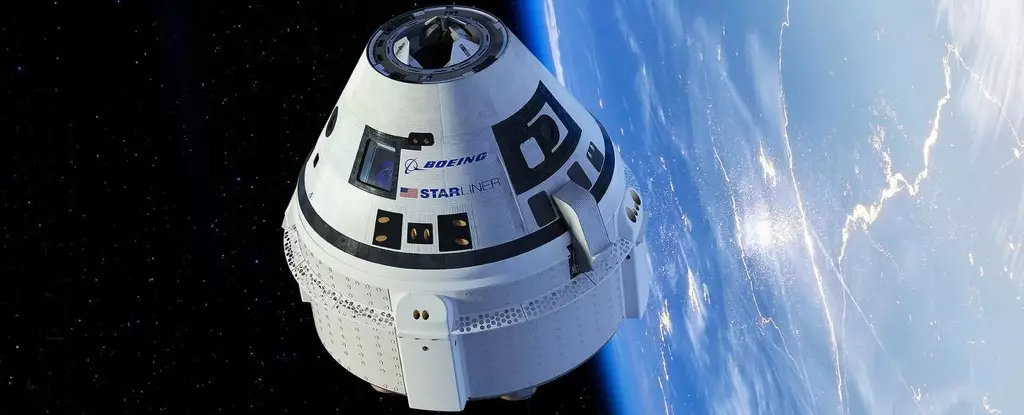Boeing’s crew transport space capsule, the Starliner, recently made its way back to Earth without its two-person crew due to thruster failures. This incident resulted in astronauts Butch Wilmore and Sunita “Suni” Williams being stranded on the International Space Station for longer than intended, awaiting a return on a SpaceX Dragon capsule in February 2025.
Initially favored for its aerospace expertise, Boeing encountered setbacks in the development of the Starliner program, while SpaceX surged ahead with its Falcon 9 rocket and Dragon cargo ship. The recent test flight failure was a significant blow for Boeing, raising concerns about the company’s competitiveness against SpaceX in the space industry.
Despite the disappointing outcome, NASA remains committed to supporting Boeing and maintaining multiple crew launch systems to ensure continued human space operations. The agency’s partnership with Russia provides additional options for transporting crew members to and from the space station, emphasizing the importance of maintaining redundancy in crewed missions.
The shift towards commercial competitors marked a strategic move by NASA to advance its mission, leveraging innovative approaches to space exploration. Both SpaceX and Boeing utilize advanced technologies different from the traditional capsule systems, reflecting the evolution of space travel over the decades. The complexities of zero gravity environments and the unpredictable nature of space underscore the challenges faced in testing and executing space missions.
The extended stay of Wilmore and Williams on the International Space Station poses logistical challenges for NASA, including managing consumables and supplies for the additional crew members. While the astronauts remain focused on their mission, their families experience unexpected changes in homecoming plans and adjustments to accommodate the prolonged absence.
NASA’s history of failures and setbacks in space exploration highlights the inherent risks and complexities of human spaceflight. The agency navigated through challenges such as the Apollo 1 incident and the losses of space shuttles Challenger and Columbia, demonstrating the perseverance and resilience required in advancing space exploration. Despite setbacks, ongoing spacecraft programs like SpaceX Crew Dragon, Boeing Starliner, and NASA’s Orion spacecraft for the Artemis II mission reflect a renewed excitement and optimism for the future of human spaceflight.
The recent events involving Boeing’s Starliner program underscore the demanding nature of space exploration and the critical importance of preparedness, innovation, and collaboration in advancing human spaceflight missions. While setbacks and challenges are inevitable, the dedication and resilience of astronauts, engineers, and space agencies pave the way for future exploration and discoveries beyond Earth’s boundaries.


Leave a Reply